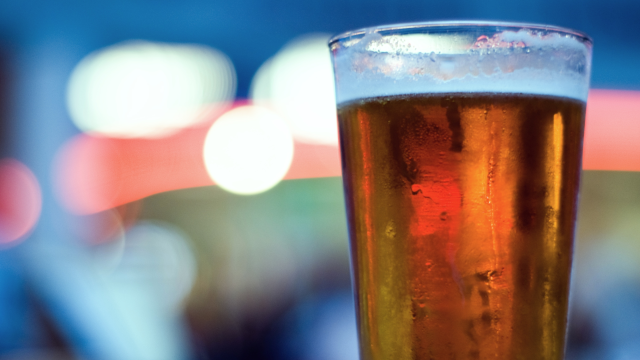There’s none so blind as those who will not see.
The old saying seems to be true when it comes to fessing up to how much we’ve been drinking. Deliberately or otherwise, we’re often unable to remember what and how much we drink.
To gauge drinking levels, researchers can use the “beverage-specific quantity — frequency method”. An interviewer asks if you drink beer. If you do, they might ask you to think about an occasion when you drink beer, and estimate how much you usually consume. The researcher would then repeat this for other types of drink.
But there’s a problem, and it’s a big one: it’s thought that this “self-report” data only accounts for around half of the volume of alcohol that goes on sale in the UK. What happened to all those missing drinks?
Part of the answer may be that alcohol content is hard for anyone without a degree in chemistry to keep track of. In the UK, alcohol is measured in “units”: 1 unit is defined as 10 millilitres of pure alcohol. But normal people measure volume in glasses and pints of whatever they’re drinking, and these measures aren’t easy to convert into units. Take a glass of wine, for example. Order what the industry defines as a “small” glass — 125 ml — of 10% ABV rosé and you’ll get 1.2 units. A “large” serving — 250 ml — of a 15% New World red contains more than three times as much alcohol. At home, where people free-pour wine and spirits, it’s even harder to keep track. (Or even easier to not keep track, depending on how you see things.)
Another part of the answer arrived in a paper published this May. Typical drinking, wrote the authors, “can be a poor proxy for actual alcohol consumption”. That’s because just looking at typical drinking ignores all those extra drinks we have on special occasions, like parties, funerals, sporting events, or even just having friends to stay. These special occasions seemed to hit 25-to-34-year-olds especially hard, accounting for a whopping extra 18 units per week for men and women in this age group. By factoring in this extra drinking across the whole population, the researchers were able to account for 40% of the missing consumption.
But why bother collecting self-report data if it’s so imperfect? For one thing, purely quantitative measures like the sales figures don’t reveal who was drinking, or why they were drinking. Understanding this helps researchers model how we consume alcohol. And without accurate, timely information, how will we know which parts of the population might be drinking in a potentially harmful way, and how best to help them?
This article first appeared on Mosaic and is republished under Creative Commons licence.
Image by Kim Murphy under Creative Commons licence.
